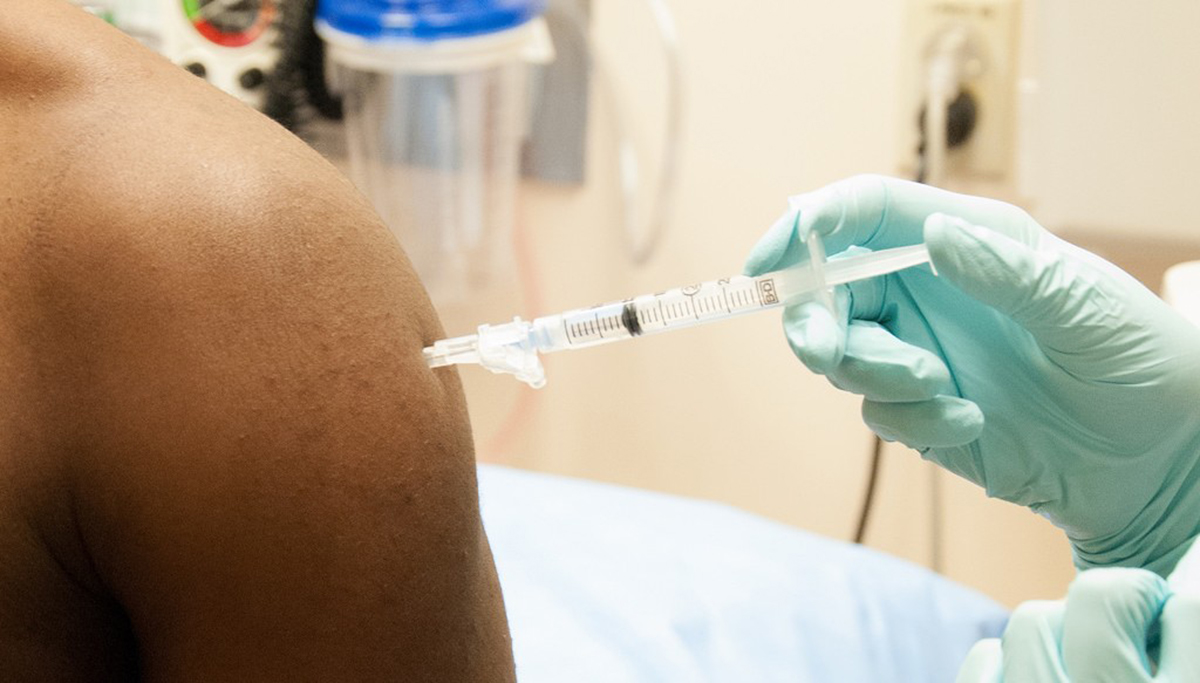Table of Contents
There seems to be an urgent need to produce new vaccines and drugs to treat the current Ebola outbreak, which threatens the whole world. Experience has shown that a virus such as this can easily escape isolation methods, especially with the constant movement of people in train, planes and buses. Once thought as a rare disease, Ebola virus infection may suddenly become an uncontrolled epidemic of sorts, because science has not established a way to stop it.

The immediate goal for now would be to develop preventive vaccines and treatment drugs that can be stockpiled for use in case a widespread epidemic ensues. However, it is not easy to manufacture large amounts of vaccines or drugs, especially if the need is still limited to a few individuals or small communities. Zmapp, the antiviral serum, which is being produced by Kentucky BioProcessing, takes time to process, since it involves growing and infecting tobacco plants with a protein, which they copy and reproduce to become the usable drug. The compound was formulated in January 2014, and according to Mapp Biopharmaceuticals president Larry Zeitlin, PhD, they still have to publish a scientific paper and get approval for its use in humans. Aside from the relatively slow process of producing and testing drugs, ethical issues may be raised, too. For example, in 2009, during the swine flu (H1N1) pandemic, WHO rushed the marketing of a vaccine and was criticized for conflict of interest while working with drug companies that profited from the sales.
If the initial trials show that the vaccines are effective, then larger trials involving more people will have to be done. However, there may be a problem with this, according to infectious disease expert, Dr. William Schaffner, from Vanderbilt Medical Center, since it will be unethical to purposefully expose healthy people to the virus for testing purposes.
Current Status of Ebola Infection Management
For now, the most effective way to stop the current outbreak of Ebola virus is by doing meticulous work in finding active cases, isolating infected patients, and tracing potential contacts to stop the chains of virus transmission.
These measures have been used in previous Ebola outbreaks that have been successfully stopped.
See Also: Concerns About Ebola Virus Outbreak Rise
For people who have to travel to areas with known Ebola cases, these recommendations must be followed:
-
Practicing careful hygiene.
-
Avoiding contact with blood or other body fluids.
-
Avoiding contact with items that may have been contaminated with the blood/body fluids of an infected person.
-
Avoiding funerals/burial rituals that involve handling the body of an Ebola victim.
-
Avoiding contact with bats, primates, or their blood, fluids, or raw meat.
-
Avoiding hospitals where patients infected with Ebola are being treated.
-
Upon return, one must monitor their health and seek help immediately if symptoms of Ebola infection develop. These include high fever, abdominal pain, muscle pain, severe headache, vomiting and diarrhea.
- The Telegraph. Ebola vaccine won't be ready until 2015, says WHO. http://www.telegraph.co.uk/news/worldnews/africaandindianocean/liberia/11024010/Ebola-vaccine-wont-be-ready-until-2015-says-WHO.html
- WebMD. Experimental Ebola Serum Grown in Tobacco Leaves.http://www.webmd.com/news/20140804/ebola-virus-vaccine
- ABCNews. How an Ebola Vaccine Could Change the Next Deadly Outbreak.http://abcnews.go.com/Health/ebola-vaccine-change-deadly-outbreak/story?id=24825398
- CDC. Questions and Answers on Experimental Treatments and Vaccines for Ebola.http://www.cdc.gov/vhf/ebola/outbreaks/guinea/qa-experimental-treatments.html
- NY Times. Ebola Vaccine Possible, but Many Doubts Persist.http://www.nytimes.com/2014/08/02/health/effort-to-develop-ebola-vaccine-to-test-on-humans-is-put-on-fast-track.html
- MedicineNet. Ebola Vaccine: Is It Safe?http://www.medicinenet.com/ebola_vaccine_is_it_safe/views.htm
- CDC. Ebola (Ebola Virus Disease) Prevention.http://www.cdc.gov/vhf/ebola/prevention/index.html
- Photo courtesy of NIAID by Flickr : www.flickr.com/photos/niaid/15137998885
- Photo courtesy of NIAID by Flickr : www.flickr.com/photos/niaid/15138207362
- www.telegraph.co.uk
- www.webmd.com
- abcnews.go.com
- www.cdc.gov
- www.nytimes.com
- medicinenet.com


Your thoughts on this